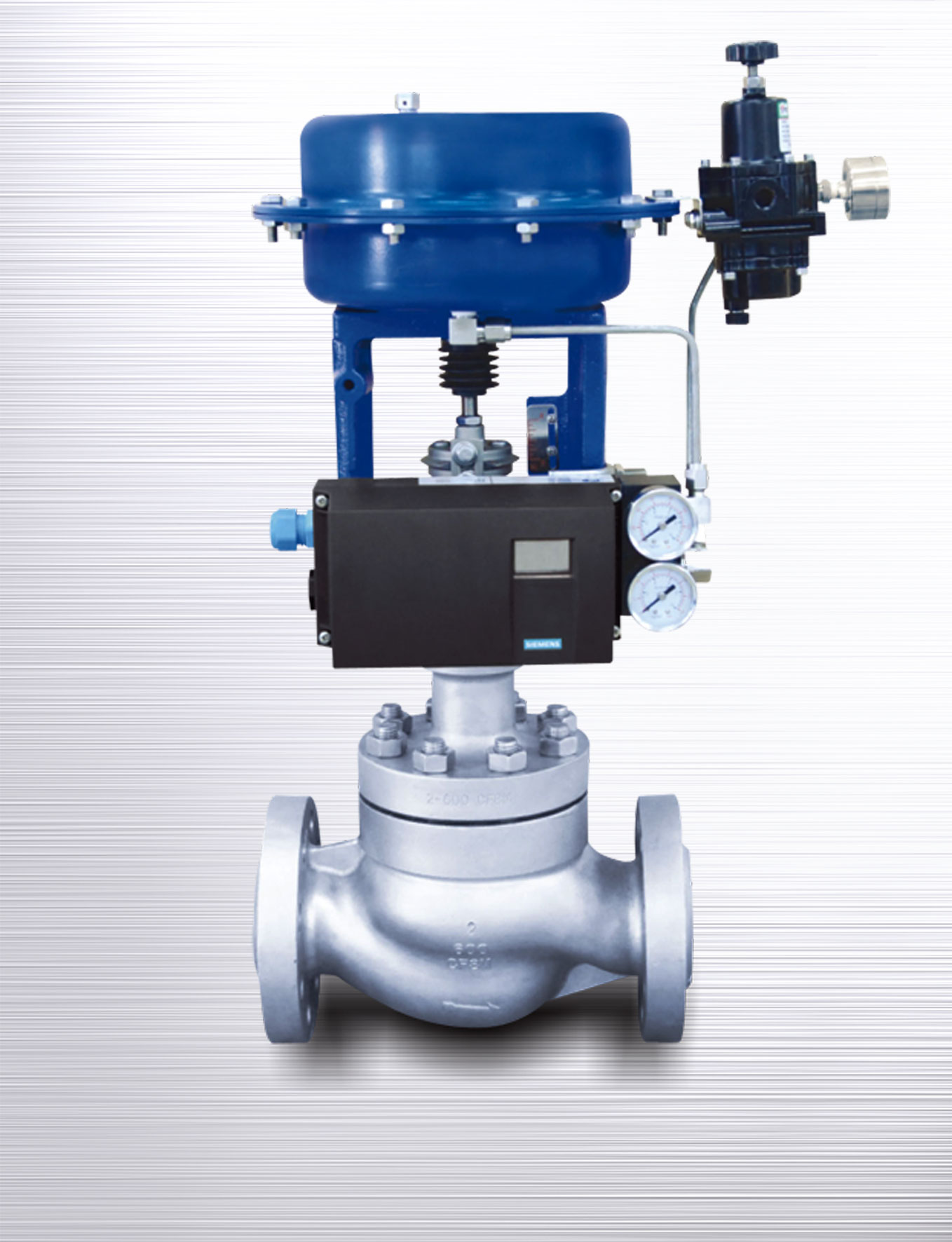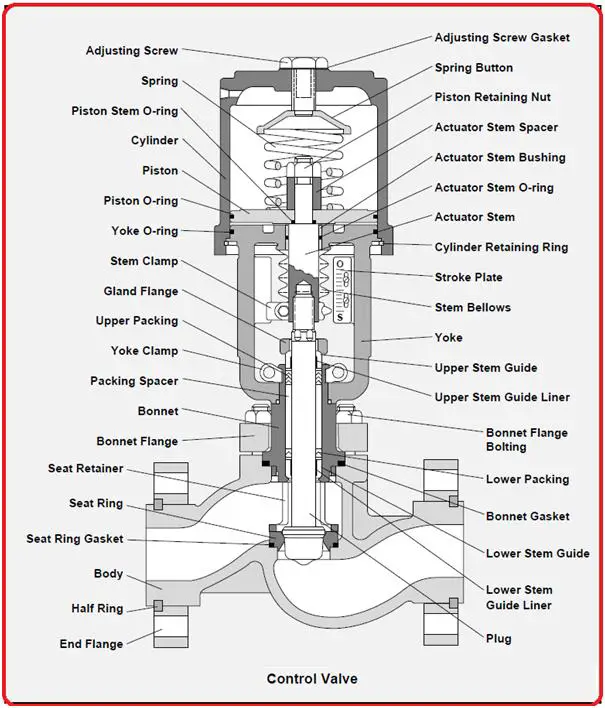The Duty of Control Valves in Liquid Flow Monitoring Systems
Wiki Article

Maximize Power Cost Savings and Comfort With Advanced Structure Automation Controls
In the world of contemporary design and center management, the integration of innovative building automation controls stands as a critical advancement. By taking advantage of the power of automation, buildings can adjust, respond, and advance in methods that were as soon as unbelievable.Power Performance Perks
Energy performance advantages can dramatically decrease power intake and functional expenses in buildings. Energy-efficient systems, such as advanced structure automation controls, can maximize the usage of resources like lights, cooling, and home heating, leading to lower energy expenses over time.Moreover, boosted energy effectiveness can extend the life-span of structure equipment and systems. By running much more successfully, a/c systems, lighting fixtures, and various other structure parts experience less wear and tear, leading to decreased upkeep and substitute costs. Additionally, energy-efficient structures typically regulate greater residential or commercial property worths and rental prices, supplying long-lasting monetary benefits to owners.
Furthermore, energy effectiveness can boost passenger comfort and productivity. Correctly managed indoor settings with optimum illumination and thermal conditions create a more favorable and positive workspace, leading to boosted worker fulfillment and performance. In general, the energy performance benefits connected with advanced structure automation controls are complex, incorporating cost savings, ecological stewardship, and passenger well-being.
Boosted Comfort Control
Enhancing comfort control in building atmospheres needs an advanced integration of sophisticated automation systems for ideal resident wellness. By making use of advanced structure automation controls, centers can customize the interior environment to fulfill the details demands and choices of occupants. These systems enable precise policy of air flow, illumination, and temperature level, creating a comfy and productive ambience. Owner complete satisfaction and productivity are carefully linked to thermal convenience, making it vital to have systems in place that can adjust to altering conditions in real-time.By incorporating these innovative controls, structures can not just improve convenience yet also enhance power effectiveness by maximizing system operations based on actual occupancy and usage patterns. Inevitably, focusing on owner convenience through sophisticated automation systems leads to a much more delightful and much healthier interior setting.
Operational Effectiveness Improvements

Furthermore, the application of real-time monitoring and analytics tools makes it possible for building drivers to determine energy inadequacies and functional abnormalities immediately. By continually monitoring power usage patterns and system performance metrics, adjustments can be made in real-time to maximize power usage and make sure peak operational effectiveness. control valves. Additionally, integrating demand feedback methods into building automation controls can further boost functional effectiveness by dynamically adjusting energy use based upon grid conditions and prices signals
Indoor Climate Optimization
Efficient interior climate optimization is an essential element of structure automation controls, Find Out More making certain residents' comfort and health while maximizing energy financial savings. By making use of sophisticated sensing units and controls, constructing automation systems can continuously keep an eye on and readjust temperature, moisture levels, air high quality, and ventilation to develop an optimal interior setting. Preserving regular and comfy problems not only enhances owner contentment but additionally boosts performance and overall well-being.Interior environment optimization also plays a vital duty in power performance. By fine-tuning home heating, ventilation, and cooling systems based on real-time data and occupancy patterns, constructing automation controls can dramatically minimize energy consumption - control valves. Carrying out techniques such as demand-controlled air flow and thermal zoning can assist reduce energy waste while making certain that each location of the building receives the necessary conditioning.

Sustainable Atmosphere Creation
Building automation regulates not only optimize indoor environment problems for energy efficiency and resident convenience yet likewise lay the foundation for developing a lasting setting with tactical management of systems and resources. By incorporating advanced structure automation innovations, such as sensors, actuators, and intelligent software application, centers can keep track of and readjust power usage in real-time to lessen waste and reduce their carbon footprint. These systems allow anticipating maintenance, recognizing potential concerns before they rise and enhancing tools performance to boost durability and efficiency.Moreover, lasting atmosphere production prolongs beyond power monitoring to include water conservation, waste reduction, and interior air high quality renovation. Building automation controls can control water usage, detect leaks, and make certain proper waste disposal practices, contributing to general sustainability initiatives. In addition, by monitoring and managing ventilation and filtering systems, these innovations improve passenger health and wellness and efficiency while reducing energy consumption connected with cooling and heating procedures.
Verdict
To conclude, progressed structure automation controls deal substantial benefits in regards to power savings, comfort control, operational performance, more interior environment optimization, and developing a lasting environment. By carrying out these controls, structures can accomplish optimal performance while reducing power usage and improving owner convenience. It is obvious that making use of sophisticated automation innovation is critical in boosting structure performance and developing a much more sustainable future.Energy performance benefits can considerably reduce power usage and operational expenses in buildings. On the whole, the energy efficiency advantages linked with advanced structure automation controls are diverse, including expense financial savings, ecological stewardship, and resident health.
In addition, integrating demand action strategies right into structure automation controls can further improve functional performance by dynamically readjusting power usage based on grid conditions and prices signals.
Building automation manages not just enhance indoor climate conditions for energy effectiveness and resident comfort however likewise lay the foundation for producing a lasting atmosphere with strategic management of systems and resources.In final thought, progressed structure automation manages deal substantial advantages in terms of power financial savings, convenience control, operational performance, indoor environment optimization, and creating a lasting atmosphere.
Report this wiki page